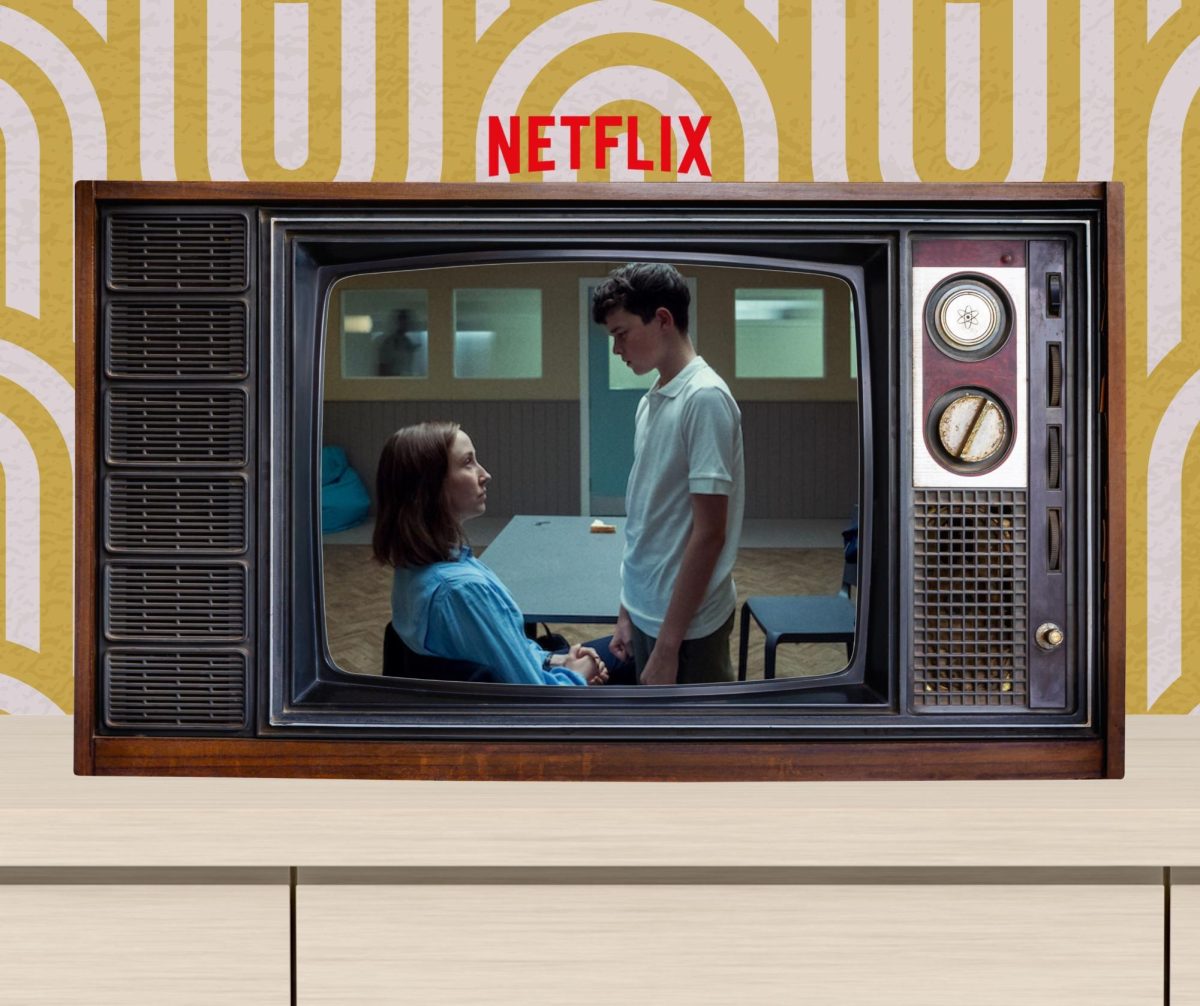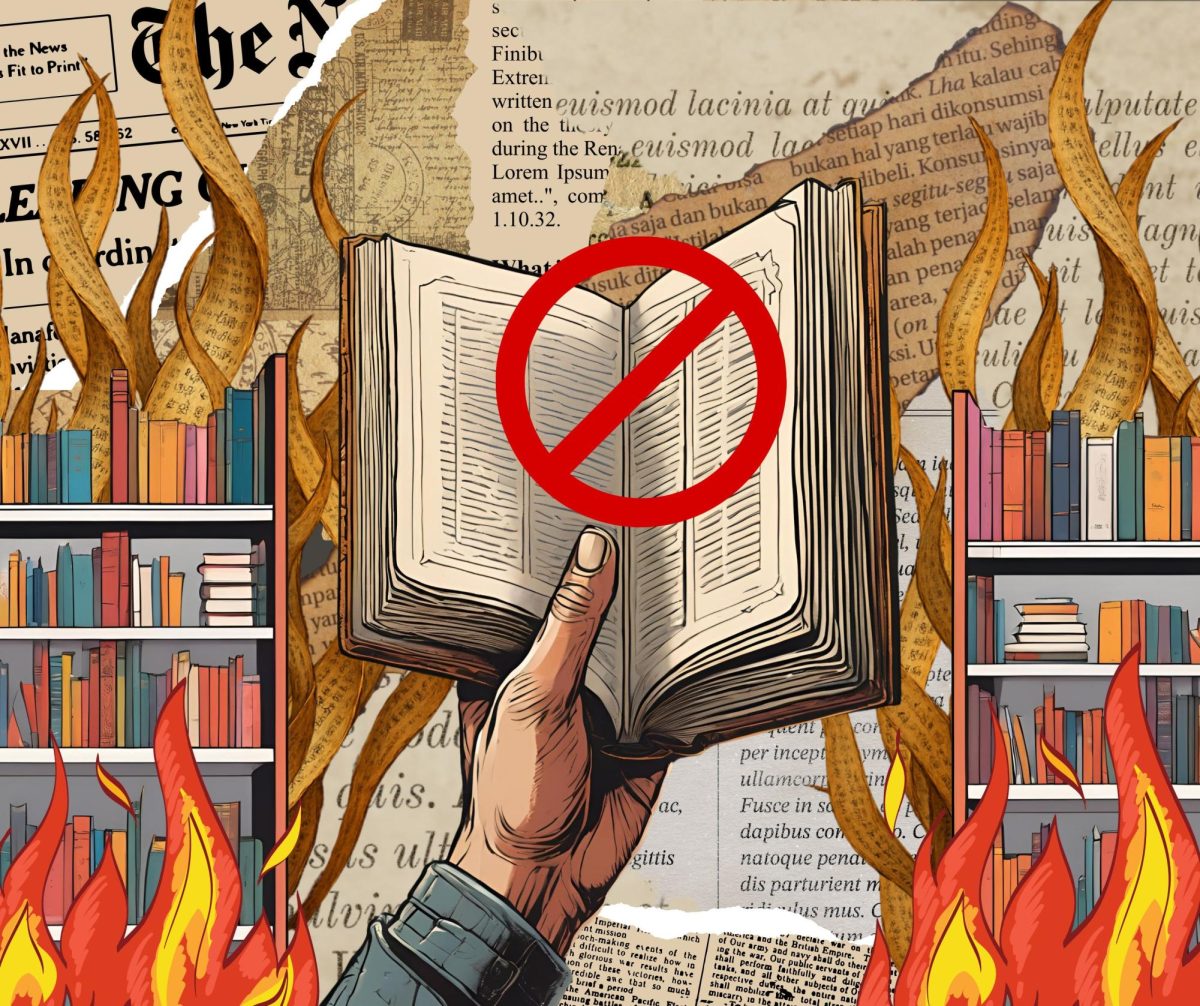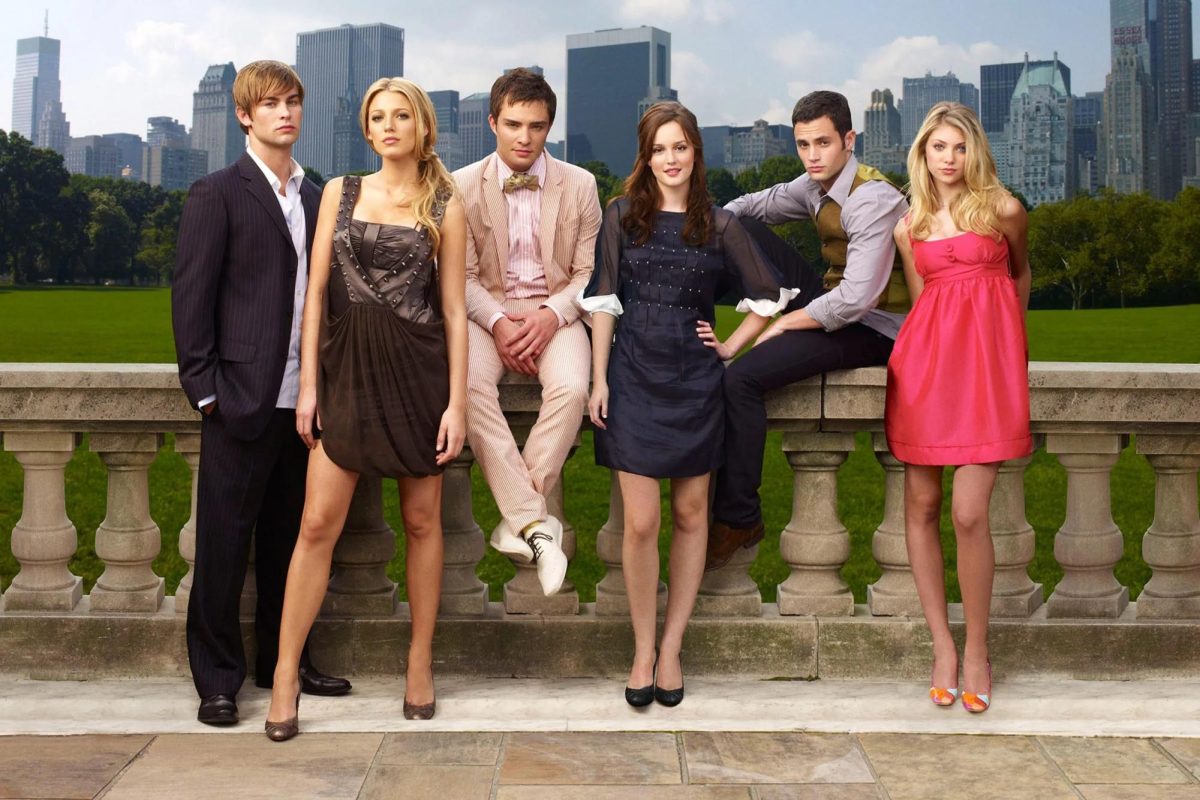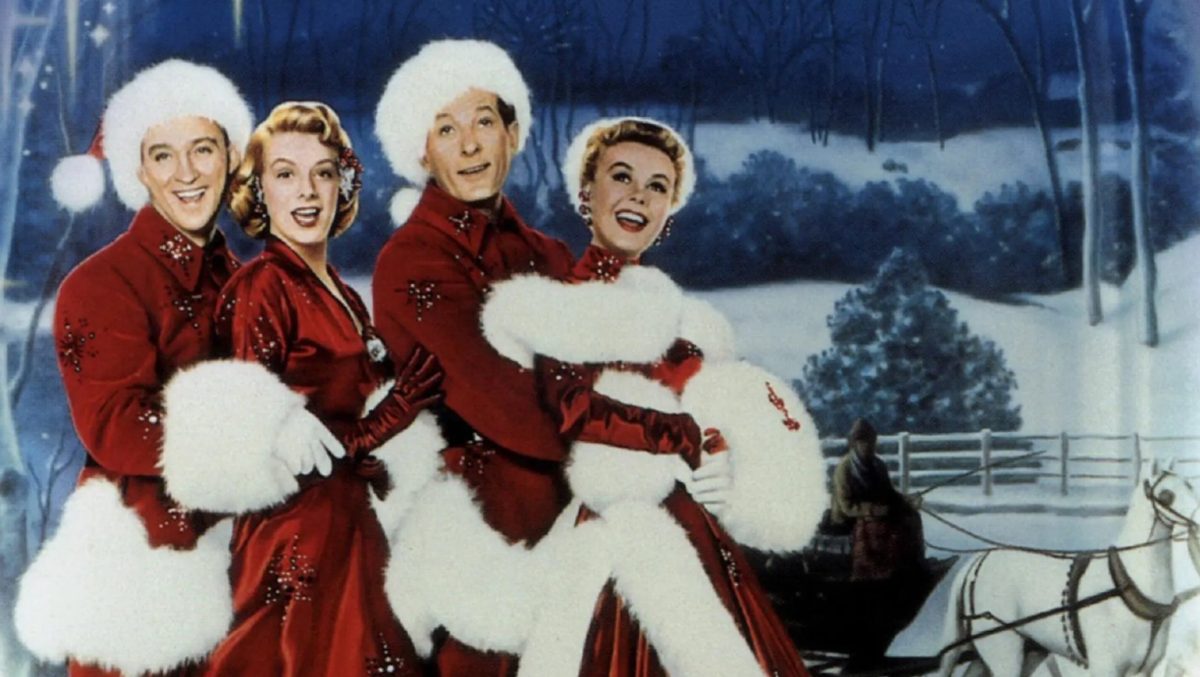Visualize the feeling of turning into a single wisp of hot steam, with every limb slowly fading away until you feel extraterrestrial, unhuman-like. Your mind is blurring with crazy thoughts, and you can’t see straight. The only thing you can really see are three vintage clocks, all ticking at a different momentum. As you regain your consciousness, nothing has changed in your surroundings.
So what is this strange phenomenon that some people have experienced? Before the Coffee Gets Cold (BCGC), a remarkable novel written by Toshikazu Kawaguchi challenges this question; what if you had the chance to return to the past?
Time traveling has lots of benefits, but it also has lots of downsides. One may be familiar with the notion of the butterfly effect. The general idea is that a minor change in an event can create drastic outcomes from the original timeline. Similar to a ripple effect on a surface of water, the movement of the water never stops, and each ripple becomes bigger after another. Sometimes travelers want to redeem themselves from a bad deed, while others want to prevent an event from happening. Unfortunately, these actions and motives are not achievable in the story of BCGC.
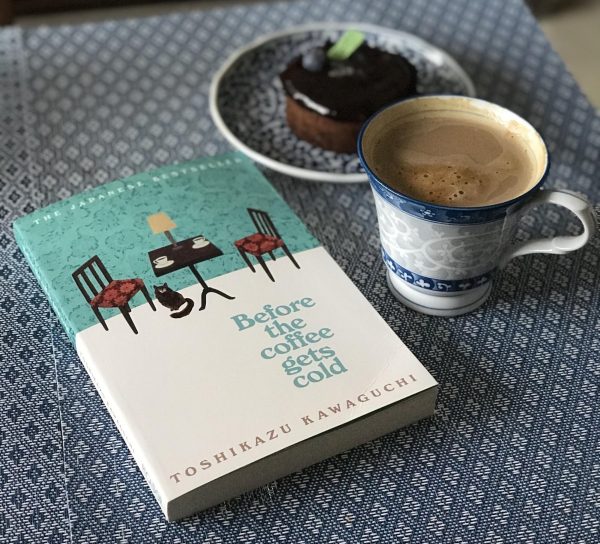
In the bustling town of Tokyo Japan, Cafe Funiculi Funicula, is located on a small mysterious alleyway. With the building being almost two centuries old, it is located down a basement walkway. Although the reasons for the strange cafe’s name are not explicitly stated, several characters from BCGC recognize this name from a childhood nursery. The cafe’s interior is colored in a sepia hue and conveniently only has a total of six seats in the entire cafe. With three grandfather clocks ticking at different times and no windows in the cafe, customers can never tell what time it is during the day. In this cafe, there are always two regular customers, a pale, eerie-looking lady around her forties, sitting in a chair reading a novel. And a middle-aged man constantly flipping through a travel magazine.
Funiculi Funicula was once an urban legend in the Tokyo region. After hearing about the possibility of traveling back in time, people flocked in from all over the world for a chance to visit the past. But nothing comes for free so easily, the adventure to the past risks and conditions which a visitor must accept before returning to the past. A customer must sit in a particular seat, and can only meet the people that have visited the cafe previously. And most importantly, to return before the coffee gets cold.
Once customers hear about the excessive amount of rules, they realize there is no point in time traveling, an
d the whole cafe was a hoax. But the customers that do stay and accept the conditions, discover something much more meaningful than changing the past.
Kawaguchi introduces four distinctive characters each with unique backgrounds. The first visitor, a middle-aged woman who works as a project manager, returns to the past to find reassurance with her lover who went to the Americas. While the second visitor is a nurse married to a man who has his memories, she travels back in time to find out what her husband had wanted to tell her before he forgot everything. The third time traveler, a regular customer of Funiculi Funicula, returns to the past to say the words she could have never said to her sister that she had ignored for so long. The book wraps up with the story of a heart-tugging story between a mother and a daughter she will never meet.
The four short stories dive into morally complex themes, sorrow, gratitude, the circle of life, facing reality, losing hope, and vulnerability. These short stories make us rethink how important the people around us are. It can bring certain readers a new perspective on how we treat and talk to the loved ones in our lives.
Nonetheless, there are some criticisms that apply to BCGC. Small portions of the book may be redundant, and the process of explaining the rules of time traveling is quite tedious. I occasionally got mixed up with the names of the characters due to how similar-looking they can be. But this doesn’t erase the fact that the book was heartwarming and intriguing to read. In fact, BCGC brought out a variety of emotions that made the book thrilling to read. The plotline was consistent, I found it to be moderately paced, and the storyline wasn’t too fast nor was it too slow. Overall, I find this read to be eye-opening, and with the two hundred pages I have read, BCGC was an exceptional experience.




